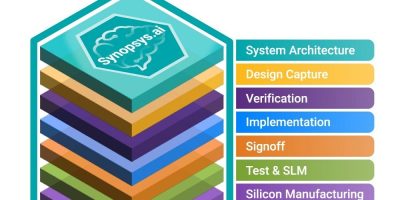In comparison to the earlier memory ICs produced by NXP, the UCODE 9xm has three times the sensitivity. It also has customer-configurable memory options, enabling more diverse objects to be tagged. Use in industrial tagging, it delivers an accurate picture of the supply chain, said NXP.
The IC is designed to improve overall system reliability and accuracy, said NXP, and enables customers to use smaller tag antennas, allowing smaller objects to be individually tagged and incorporated into smart manufacturing processes, supply chain management and tracking applications. The tag can be used on a variety of object types, delivering a more complete view of the supply chain.
RAIN RFID tagging has become a crucial component for automated industrial processes but tags with the memory needed to support these processes often do not deliver the same read and write performance as lower memory devices, making it difficult to tag all necessary items, reducing system efficiency. UCODE 9xm combines flexible, high capacity memory options with advanced read and write performance to increase overall system performance.
From smart manufacturing to supply chain management, industrial environments require complex process flows and advanced automation, explained Ralf Kodritsch, senior director, UCODE, NXP. He said that the UCODE 9xm can streamline these processes by making it easier to individually track the products and tools involved.
UCODE 9xm has a read sensitivity of around -24dBm and a write sensitivity of about -22dBm makes tag encoding faster.
It also has a total of 880bits of memory space shared between the EPC and user memory banks, with three flexible memory configurations, selectable by the customer based on their use case, that offer up to 496 bits of EPC (electronic product code) memory and up to 752 bits of user memory, to store manufacturing data such as lot number, production date or process parameters. A single IC can also be used to fulfill a number of different use cases.
A memory safeguard protects data and ensure accuracy, including an error correction code (ECC) algorithm and parity checks. Integrated BlockPermalock protects sections of data from change, while still allowing other sections to be added, edited or deleted. Independent access and kill passwords provide additional data security, preventing unauthorised users from erroneous or malicious actions.
The UCODE 9xm is available now.







